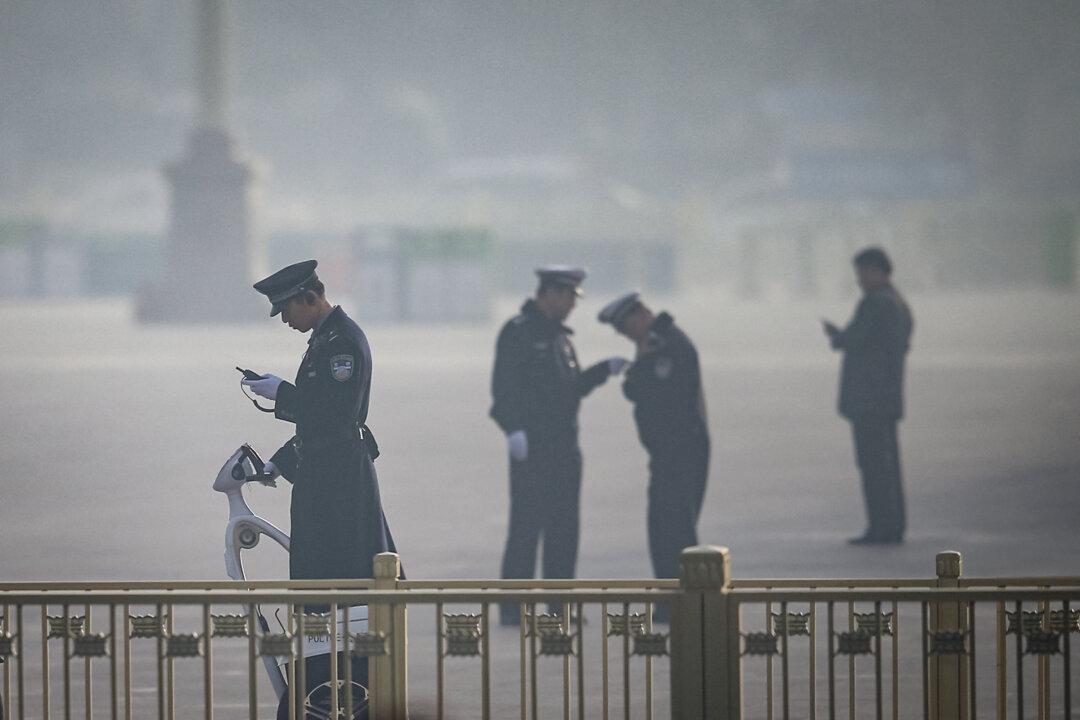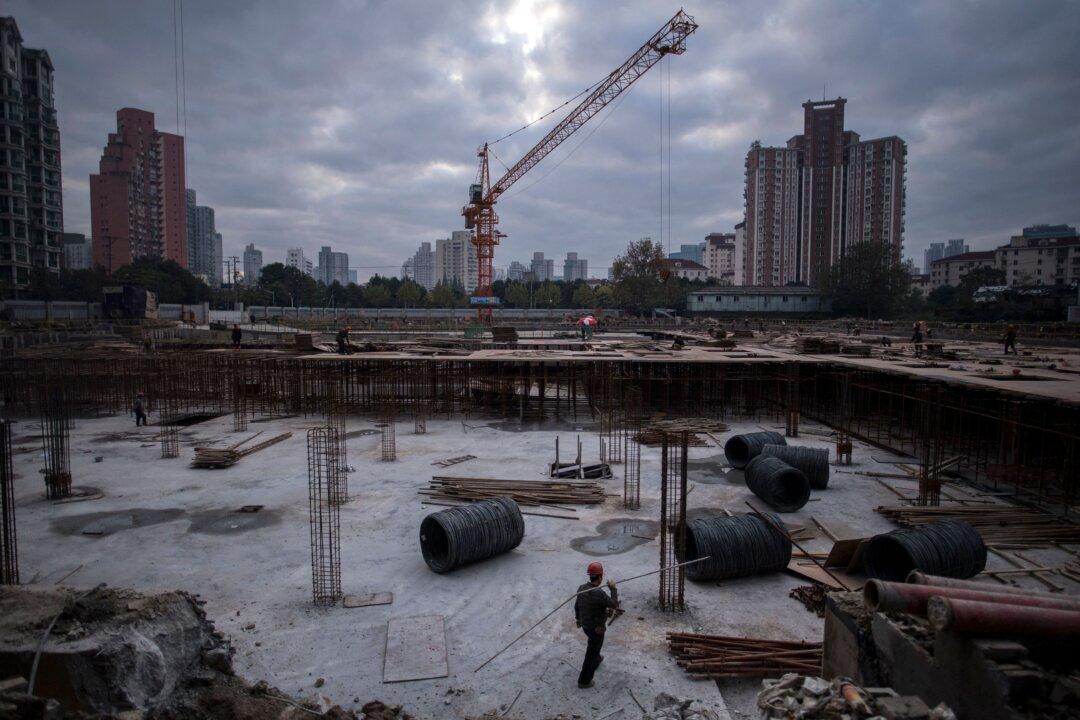Commentary
Xi Jinping’s military reform faced a significant setback, causing dissension throughout the ranks. The recent disbandment of the Strategic Support Force by the Chinese Communist Party (CCP), followed by the establishment of the Information Support Force on April 19, marks a pivotal moment in this ongoing restructuring. Reports indicate that a large-scale purge within the military is still underway, with arrests extending beyond the Rocket Force and the Strategic Support Force to officers from other branches.





